- Have any questions?
- +86-189 8930 5995
- sales@mosinterchem.com.cn
Thymidine CAS 50-89-5

gemifioxacin CAS 175463-14-6
10/12/2018
Diphenylacetonitrile CAS 86-29-3
10/12/2018| Model: | MOS50-89-5 |
| Place of Origin: | Sichuan,China (Mainland) |
| Brand: | MOSINTER |
| CAS: | 50-89-5 |
| Molecular Formula: | C10H14N2O5 |
| Molecular weight: | 242.23 |
| Melting point: | 186-188 °C(lit.) |
| Specific rotation: | 18.6 º (c=3, H2O) |
| Index of refraction: | 33 ° (C=1, 1mol/L NaOH) |
| Assay: | 2-Desoxy-thymidine |
Thymidine ( CAS: 50-89-5)
| Item | Index |
| Molecular Formula | C10H14N2O5 |
| Molecular weight | 242.23 |
| Specification | CP/USP/EP |
| Melting point | 186-188 °C(lit.) |
| Specific rotation | 18.6 º (C=3, H2O) |
| Refractive index | 33 ° (C=1, 1mol/L NaOH) |
| Solubility in water | Soluble |
| Storage Condition | 0-6°C |
Thymidine (deoxythymidine; other names deoxyribosylthymine, thymine deoxyriboside) is a pyrimidine deoxynucleoside. Deoxythymidine is the DNA nucleoside T, which pairs with deoxyadenosine (A) in double-stranded DNA. In cell biology it is used to synchronize the cells in S phase.
Before the boom in thymidine use caused by the need for thymidine for the production of the antiretroviral drug azidothymidine (AZT), much of the world’s thymidine production came from herring sperm. Thymidine occurs almost exclusively in DNA but also occurs in the T-loop of tRNA.
Structure and properties
In its composition, deoxythymidine is a nucleoside composed of deoxyribose (a pentose sugar) joined to the pyrimidine base thymine.
Deoxythymidine can be phosphorylated with one, two or three phosphoric acid groups, creating respectively dTMP, dTDP or dTTP (deoxythymidine mono- di- or triphosphate).
It exists in solid form as small white crystals or white crystalline powder, has a molecular weight of 242.229 u, and has a melting point of 185 °C. The stability of deoxythymidine under standard temperature and pressure (STP) is very high.
Deoxythymidine is non-toxic and as part of one of the four nucleotides in DNA it is a naturally occurring compound that exists in all living organisms and DNA viruses. RNA has uridine (uracil joined to ribose) instead. Uracil is chemically very similar to thymine, the latter being 5-methyluracil. Since thymine nucleotides are precursors of DNA, not RNA, the prefix “deoxy” is often left out, i.e., deoxythymidine is often just called thymidine.
Thymidine is listed as a chemical teratogen.
Modified analogs of thymidine
Iododeoxyuridine is a radiosensitizer and increases the amount of DNA damage received from ionizing radiation.
Azidothymidine (AZT) – used in the treatment of HIV infection. AZT inhibits the process of reverse transcription, a critical step in the viral life cycle.
Tritiated thymidine is commonly used in cell proliferation assays. The thymidine is incorporated into dividing cells and the level of this incorporation, measured using a liquid scintillation counter, is proportional to the amount of cell proliferation.
Bromodeoxyuridine (BrdU) is another thymidine analog that is often used for the detection of proliferating cells in living tissues.
Edoxudine is an antiviral drug.
You must be logged in to post a review.

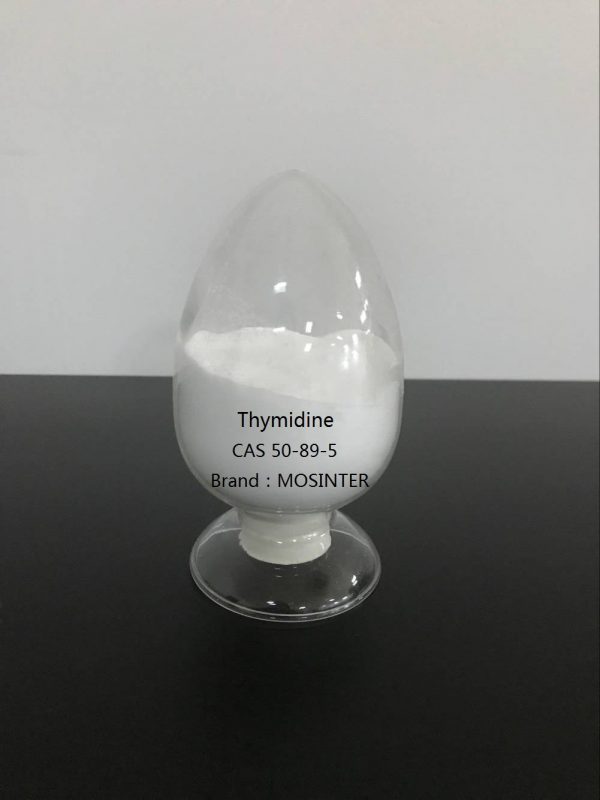
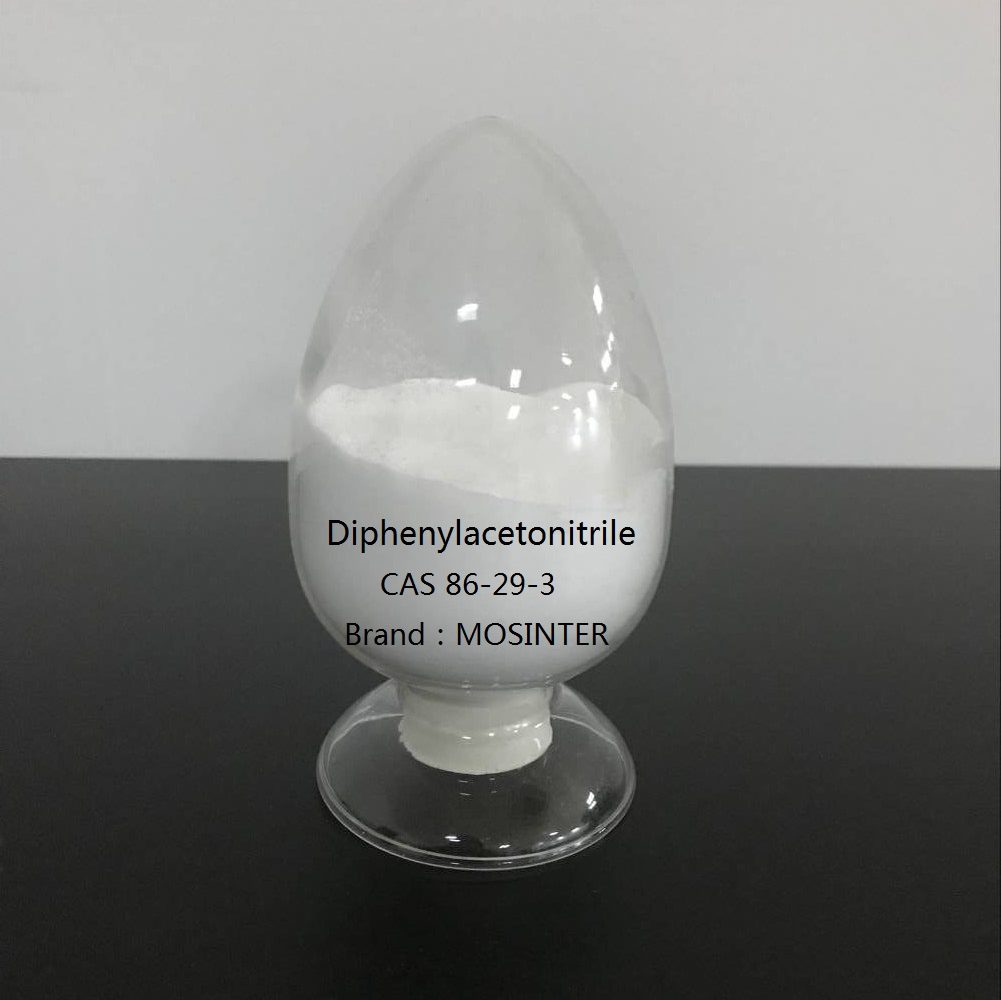
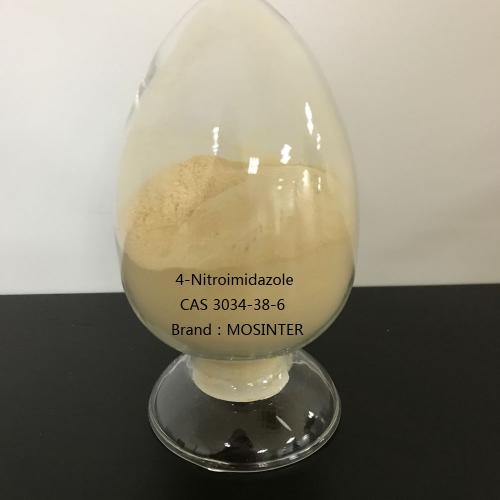
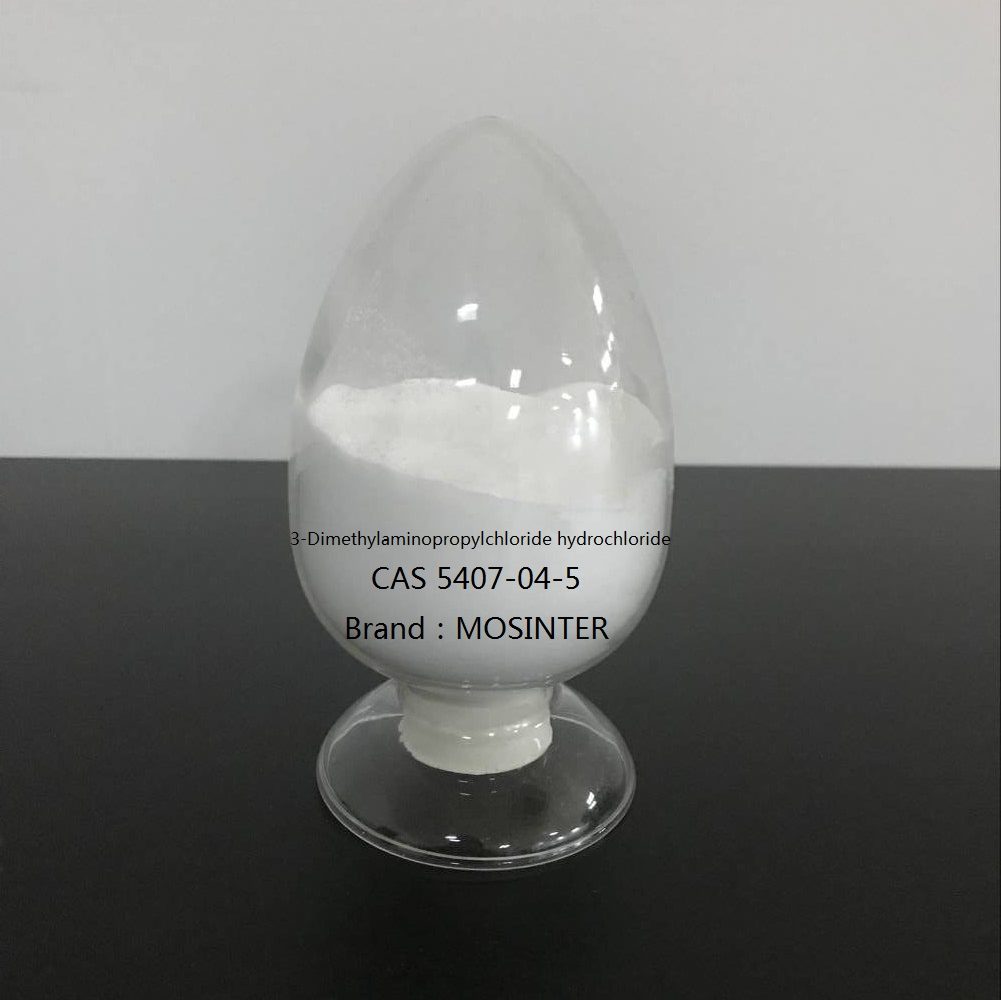
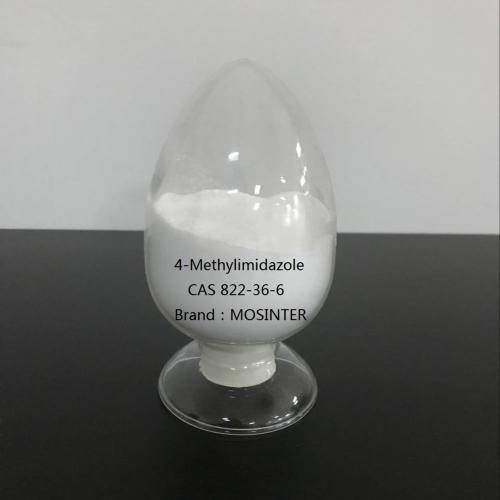
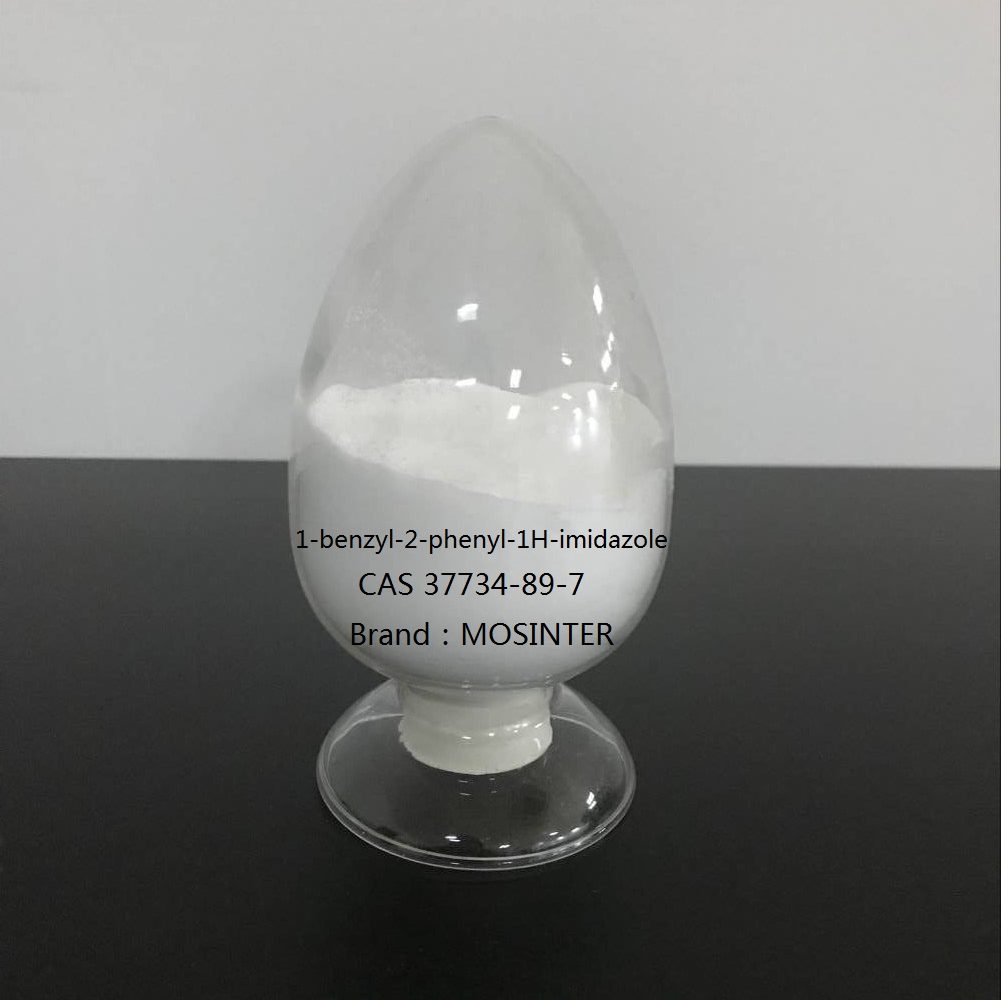
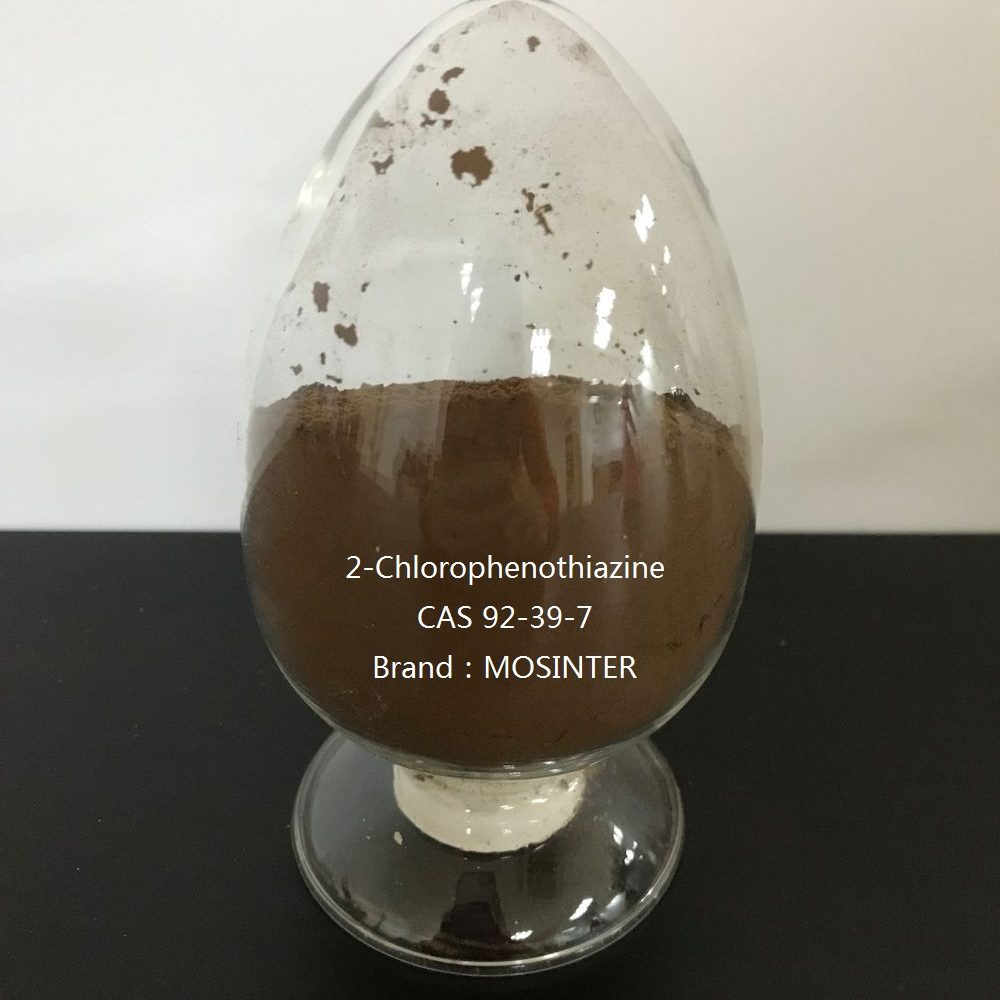
Reviews
There are no reviews yet.